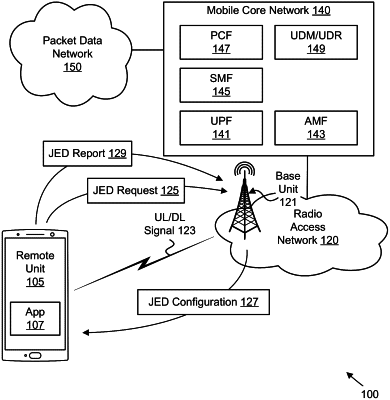| CPC H04L 25/0204 (2013.01) [H04L 1/0016 (2013.01); H04L 1/0643 (2013.01); H04L 5/0023 (2013.01); H04L 25/03331 (2013.01)] | 20 Claims |

|
1. A User Equipment (“UE”) for wireless communication, comprising:
at least one memory; and
at least one processor coupled with the at least one memory and configured to cause the UE to:
receive, from a network device, a first configuration indicating at least one of: a set of resources for model training, a type of intended model training, a type of a model to be used, or a combination thereof;
receive an indication of a wireless channel condition, wherein the indication comprises an index of a first codebook of predetermined channel condition parameters;
select a joint channel equalization and decoding (“JED”) model from a second codebook of predefined models based on the indication of the wireless channel condition and the received first configuration; and
train the selected JED model using the first configuration.
|